You know what’s really annoying? Those pesky false alarms from motion sensors. They’re like that friend who always cries wolf – after a while, you start to question whether there’s a real threat or not. In this article, we’re going to dive deep into the world of false alarms, figure out why they happen, and most importantly, how we can prevent them. So, let’s get started on this journey to a safer, and less annoying, home security experience.
Contents
- What Is a False Alarm
- Why False Alarm Can Cause You Problems
- Causes of Motion Sensor False Alarms
- Causes of Doors & Windows False Alarms
- Causes of Smoke Detector False Alarms
- Causes of Home Security System False Alarms
- Prevent False Alarms for Motion Sensors
- Reduce False Alarms for Home Security Systems
What Is a False Alarm
A false alarm is an event where a security system detects an activity that triggers a detection device, such as a motion sensor or smoke detector, without an actual cause or where the cause is a benign, unintentional circumstance.
In the context of motion detectors, the term “false alarm” can be somewhat misleading. This is because most false alarms caused by these sensors still actually indicate a properly working sensor.
Most motion detectors use heat-sensing technology, known as PIR motion sensors, to detect changes in a room’s heat index, which can indicate a new object entering the room. For instance, small animals may often create alarm events in warehouses and garages. Additionally, a burst of sunlight coming through a window can also create a motion event, as it replicates the heat caused by a person walking into a room. Surprisingly, even bugs can cause alarms if they crawl inside a detector. In these instances, the detector works as designed, even if it leads to an annoying “false” alarm.
When a security system sends an alarm signal, the monitoring center cannot identify whether the event is a “true” alarm just by interpreting the signal. Therefore, dispatchers are trained to follow dispatch protocol based on the type of system the signal originated from. For example, in the event of a fire alarm, the monitoring center immediately dispatches the fire department to minimize response times. This “better safe than sorry” approach does save time, money, and lives, but dispatching on false alarms can overburden police and fire departments and distract from “actual” alarm events and emergencies.
Why False Alarm Can Cause You Problems
False alarms in a home security system are not just a minor inconvenience. They can lead to significant problems that extend beyond the immediate annoyance. Here are some of the key issues associated with false alarms.
Cost Implications
False alarms can be costly. Many jurisdictions offer leniency for first-time and second-time offenders, but repeated false alarms often lead to fines. These fines can reach up to $250 per occurrence and can quickly accumulate if the issue is not addressed promptly.
Resource Drain for Emergency Responders
False alarms represent a significant drain on the resources of emergency responders. They are the most frequent type of call received by these services, and unfortunately, a large proportion of these are false alarms. This leads to unnecessary personnel and equipment costs and can delay the response to legitimate 911 calls.
Wasting Emergency Services’ Time and Resources
When a false alarm is triggered, emergency services are often dispatched to the scene. This wastes valuable time and resources that could be better spent elsewhere. In addition, it can lead to a lack of trust in the alarm system by emergency responders, which can result in slower response times in the future.
Distraction for Monitoring Centers
When an alarm is activated, the monitoring center is promptly notified. If the alarm is false, the attention of the monitoring center is diverted away from genuine alarms. This diversion can be dangerous as it can lead to slower response times in the event of a real emergency.
Unnecessary Stress and Anxiety for Homeowners
Repeated false alarms can cause stress and anxiety for homeowners. This is particularly true if they occur at night when people are sleeping. Over time, this can lead to a lack of trust in the alarm system and can cause people to turn it off altogether, leaving them vulnerable to real threats.
Damage to Reputation
If a home security company is associated with too many false alarms, it may get a poor reputation. This can affect their business and customer trust.
Potential for Fines and Penalties
Many cities and towns have ordinances that penalize homeowners and businesses for frequent false alarms. These fines can be costly and can quickly add up if the problem is not addressed. In some cases, repeated false alarms can even result in the suspension or revocation of the alarm system’s permit.
Get Inspired by Rayzeek Motion Sensor Portfolios.
Doesn't find what you want? Don't worry. There are always alternate ways to solve your problems. Maybe one of our portfolios can help.
Impact on Community Resources
False alarms represent a costly issue for police, first responders, and communities as a whole. The costs associated with false alarms go beyond what you might think. They include personnel costs of police call takers and dispatchers, backup personnel and equipment costs, time and costs associated with analyzing false alarms, and lost-opportunity costs. False alarms can prevent police from responding to actual crimes. Most costs associated with false alarms are passed on to taxpayers.
Causes of Motion Sensor False Alarms
Motion sensor false alarms can be triggered by a variety of factors. As the most common motion sensors utilized in home security systems are PIR motion sensors, we’ll mainly talk about the cause of PIR motion sensors unless otherwise specified. Here are some of the most common causes.
Bugs and Insects
Flying or crawling insects, especially spiders, can trigger false alarms. They often make homes in corners and anchor their webs to the sensors. If they are big enough and crawl near the sensor, it can trigger a false alarm when there is no real emergency.
Pets
Pets moving around in the detection area can cause false alarms. If homeowners have pets and don’t get sensors with pet sensitivity settings, there will probably be a lot of false alarms. Some motion sensors offer “pet immunity” features that ignore motion from pets.
Air Currents
Curtains or plants blown by air conditioning or heaters can trigger the motion sensors as they are a significant heat source.
Ceiling Fans and Other Moving Objects
The movement of ceiling fans can be detected by the motion sensors, causing false alarms. Although this is not very likely to happen to PIR motion sensor false alarms, if the ceiling fan can cause environmental heat changes, it can be caught.
Human Error
Someone who is not familiar with the system or not properly trained can inadvertently trigger the alarm.
Poorly Designed/Installed Security Systems
If the installer does not consider the home, its occupants, and how they use the home, the system is more susceptible to false alarms. The system/motion sensor should only monitor areas that might need to be monitored, not the living area of the homeowners.
Lack of Maintenance/Low Batteries
Although security system equipment generally doesn’t need much maintenance, it does need some. Otherwise, false alarms can be caused by factors such as low batteries if they are not hardwired for power.
Outdated or Old Security Equipment
If it’s been a while since your security system was installed and you’re experiencing a lot of false alarms, your equipment may need to be replaced.
Malfunctioning Security System Equipment
Although relatively rare, there’s always the chance that the equipment itself is actually jammed or malfunctioning, and that’s what’s causing the false alarm.
Heat Changes
Some sensors can track infrared radiation. This means a motion detector will be able to detect a light that has been turned on because of a shift in temperature.
White Light Momentarily Blinding the Detector
White light momentarily blinding the detector can cause false alarms because natural light is infrared radiation.
Unlocked Doors and Windows
This may seem like a no-brainer, but knowing that everything is locked before going to bed or before leaving the house ensures that a gust of wind won’t cause a window or door to become ajar. The hot wind or IR leaked from the door and windows can trigger a PIR motion sensor.
Improper Installation
When a home security system is installed, it’s vital that all detectors and sensors are correctly aligned and that equipment is installed according to the manufacturer’s recommendations.
RFI/EMI Signals
RFI/EMI signals can cause false alarms to active sensors.
Causes of Doors & Windows False Alarms
False alarms from door and window sensors can be a common issue in home security systems. These false alarms can be attributed to a few key causes.
Sensor Misalignment
Door and window sensors function by aligning a contact with a magnet. When the door or window opens, the magnet loses contact with the sensor, triggering an alarm.
However, weather-related wear and tear can cause doors and windows to shift from their frames, increasing the gap between the sensor and the magnet. This increased gap can lead to false alarms as the magnet may no longer maintain a consistent connection with the sensor.
To troubleshoot these false alarms, it’s important to check the gap between the contact and the magnet. Adjusting the position of the contact or repairing the door or window frame can often resolve this issue.
Overly-Sensitive Glass Break Detectors
Glass break detectors are designed to trigger an alarm when they detect the sound of breaking glass. However, these detectors can also be set off by other loud noises, such as a door being kicked in, dogs barking, or objects falling over. If your glass break detectors are overly sensitive, they may be prone to false alarms.
To prevent this, it’s recommended that you discuss the sensitivity settings of your glass break detectors with your security technician. They can adjust the sensitivity to ensure it only responds to the sounds it’s meant to detect.
Unsecured Doors and Windows
It may seem obvious, but ensuring that all doors and windows are securely closed and locked can prevent false alarms. A gust of wind or a slight nudge can cause an unsecured door or window to open, triggering an alarm. Establishing a routine to check all doors and windows before leaving the house or going to bed can help prevent these types of false alarms.
Causes of Smoke Detector False Alarms
Smoke detectors provide early warning of potential fire hazards. However, they can sometimes trigger false alarms, which can be both annoying and potentially dangerous if they lead to complacency. Here are some common causes of smoke detector false alarms.
Maybe You Are Interested In
Steam
Smoke detectors installed near bathrooms may go into alarm mode when steam escapes from the bathroom. These devices cannot distinguish between steam from a shower and smoke from a fire, leading to false alarms. This is an indication of a properly working detector, but it also highlights the importance of careful placement to avoid such issues.
Changes in Home Layout
Alterations to a home’s layout, such as the installation of duct systems that route kitchen smoke into hallways, can activate smoke detectors. If these changes occur after the installation of smoke detectors, it may be necessary to relocate the detectors to prevent false alarms.
Dust and Debris Buildup
Dust and loose debris can settle into the detection chamber of a smoke detector, replicating the arrival of smoke and triggering an alarm. Regular cleaning of these devices can help prevent this issue.
Causes of Home Security System False Alarms
Home security systems are designed to protect your home and loved ones. However, false alarms can occur, causing unnecessary stress and potentially leading to fines or a reduced response from local authorities.
Though a majority of false alarm causes are due to the motion sensors, there are also a number of reasons that the false alarms are specifically caused by the home security system.
User Error
This is one of the most common causes of false alarms, accounting for more than 80% of all such incidents. This includes unlocked or loose doors, kids, neighbors, relatives, visitors, repairmen, pets, etc. User errors can occur when individuals accidentally trigger the alarm or forget the security code. It’s important to ensure that all users, including guests and temporary staff, are properly trained on how to use the system.
Failure to Enter the Security Code on Time
This is a common cause of false alarms. When the alarm system is installed, the keypad should be placed near the entry point so that the system can be disarmed within 10-30 seconds of entering the home.
Forgotten Passcodes
If the alarm system’s passcode is forgotten, it can lead to a false alarm. It’s important to commit the keypad code to memory or write it down and store it somewhere safe. Having a home security app ready to launch on your smartphone can also help to disarm the system before entering the house.
Guests Unfamiliar with Your System
Guests who are not familiar with your security system can accidentally trigger an alarm. It’s important to train your guests on how to arm and disarm the system to prevent false alarms.
Looking For Motion-Activated Energy-Saving Solutions?
Contact us for complete PIR motion sensors, motion-activated energy-saving products, motion sensor switches, and Occupancy/Vacancy commercial solutions.
Equipment Malfunction
Equipment failure or malfunction is another common cause of false alarms. Faulty equipment, including sensors, control panels, smoke detectors, and communication devices, can lead to false alarms. Regular maintenance and inspection can help prevent these issues.
Environmental Factors
Environmental factors such as strong light, drafts, central heating, and fires can cause false alarms. To fix a problem with heat or light, you typically need to replace a standard PIR with a dual-technology MIR detector.
Poor Engineering and Installation
Poorly installed or serviced systems can lead to false alarms. If sensors aren’t aligned properly or if the wrong type of sensor is used in a particular setting, the system may trip falsely. For example, if door and window sensors aren’t aligned properly or if the wrong type of motion sensor is used in the wrong setting, the system may trip falsely. The system must be installed correctly, and the right devices are used in each area.
Panel-Related Issues
Occasionally, false alarms do not stem from any alarm sensors but from the alarm panel itself. Lightning strikes or power surges can create electrical problems within an alarm panel that trigger false alarms. In these cases, changing out the panel while keeping the current sensors in place generally fixes the issue.
Prevent False Alarms for Motion Sensors
Preventing false alarms for motion sensors is crucial to ensure the reliability and efficiency of your security system. As most non-human false alarms are caused by falsely triggering the motion sensor, preventing false alarms caused specifically by PIR motion sensors can significantly improve the overall accuracy of the whole system. Here are some strategies to help you achieve this.
Remove Moving Items
Ensure that no moving items remain in the area where a motion sensor is located, especially moving items with a warm body that can emit radiation that can be caught by the PIR sensor. This includes pets, curtains, or other objects that could trigger the sensor.
Correct Sensor Placement
Correct sensor placement is essential to prevent false alarms. Sensors should be installed in the correct locations and away from environmental factors such as extreme temperatures, strong winds, and heavy rain.
Adjust Lighting
With a security system that includes a motion sensor light with a camera, adjusting lighting to reduce false alarms matters. This can be done in a number of ways that don’t involve curtains or blinds. For example, removing objects that are reflecting light or causing patterns, such as moving a tree whose leaves are creating issues or relocating a troublesome mirror. Another way you can adjust light is to keep your home brighter during the day, so there’s less of a contrast between inside and outside light sources.
Pet and Wildlife Management
Managing pets and wildlife can help prevent false alarms. It’s important to keep pets away from sensors and to ensure that sensors are installed in the correct locations. For instance, most sensors can be adjusted or replaced with newer models that can ignore pets under 2 1/2 feet and up to 85 lbs. Sometimes, just installing the sensors upside down can get the window of coverage up above what a pet could trigger.
Regular Maintenance
Regular maintenance and inspection of the security system can help prevent equipment malfunction and false alarms. It’s important to ensure that the system is in good condition and that all components are functioning correctly.
Education and Training
Educating and training all users of the security system on proper usage can help prevent false alarms due to user error. Make sure that everyone understands how to use the system correctly. Everyone needs to be trained to learn how to master a skill – the same goes for home security systems.
Professional Installation
Professional installation of the security system can help prevent false alarms. It’s important to hire a professional who has experience with security systems and can ensure that the system is installed correctly.
Communicate with Your Technician
When installing your system, let your technician know about any potential issues, such as pets that can climb onto furniture and get in the way of a motion sensor. The technician will design and locate your sensors to avoid such false triggerings.
Reduce False Alarms for Home Security Systems
Reducing false alarms for home security systems is crucial for maintaining the effectiveness of the system and avoiding unnecessary disturbances.
Despite reducing motion sensor false alarms, also try these strategies to prevent false alarms caused by your home security system.
Choose the Correct System
The choice of a home security system should be tailored to the specific needs of the homeowner. For instance, a homeowner with pets might prefer a system with pet-friendly motion sensors. Offering a variety of options allows customers to select the system that best suits their requirements.
User Education
Proper education on the use of the home security system can significantly reduce false alarms. This includes teaching customers how to correctly arm and disarm the system, interpret error messages, and handle any issues that may arise.
Two-Way Monitoring
Many home security systems are connected to a central monitoring system. This setup allows the central station to monitor the home and communicate directly with the homeowner before dispatching local authorities. This two-way communication can help prevent false alarms.
Dual Verification
Dual verification is another effective strategy for reducing false alarms. When a home alarm system is activated, the central station will require audio or visual verification from the homeowner before contacting authorities.
Post-Alarm Debriefing
Even with the best precautions, false alarms can still occur. When they do, it’s beneficial for users to participate in a post-alarm debriefing. This process can help both parties understand why the false alarm occurred and how to prevent similar incidents in the future.
Regular Maintenance
Encouraging users to perform regular maintenance on their home security system can prevent false alarms. This includes checking that all cameras, smoke detectors, motion detectors, and sensors are secure and free of any dust or debris that could trigger a false alarm.
In addition to these strategies, users should also ensure that all protected doors and windows are securely closed and locked and that pets, balloons, fans, heaters, etc., are kept away from motion sensor areas. It’s also important for users to know how much time they have to disarm the system upon entering and to always keep doors and windows locked when the alarm is armed.

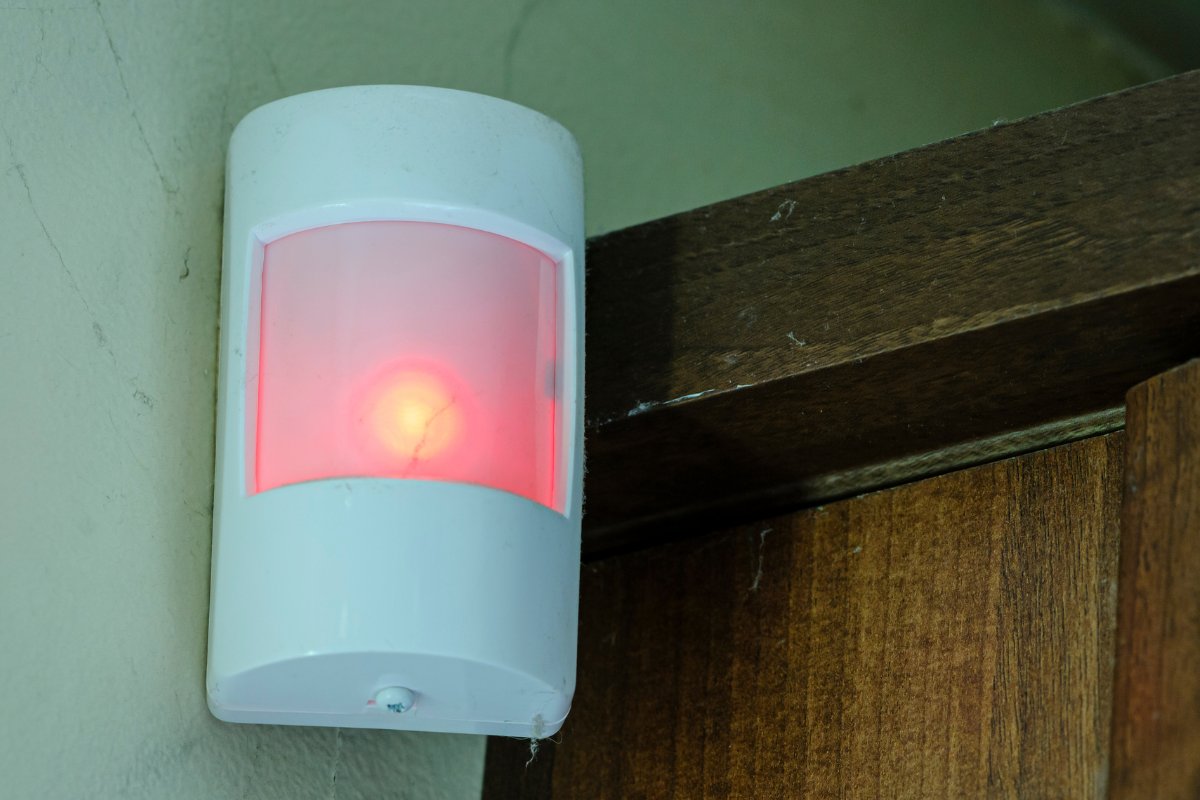
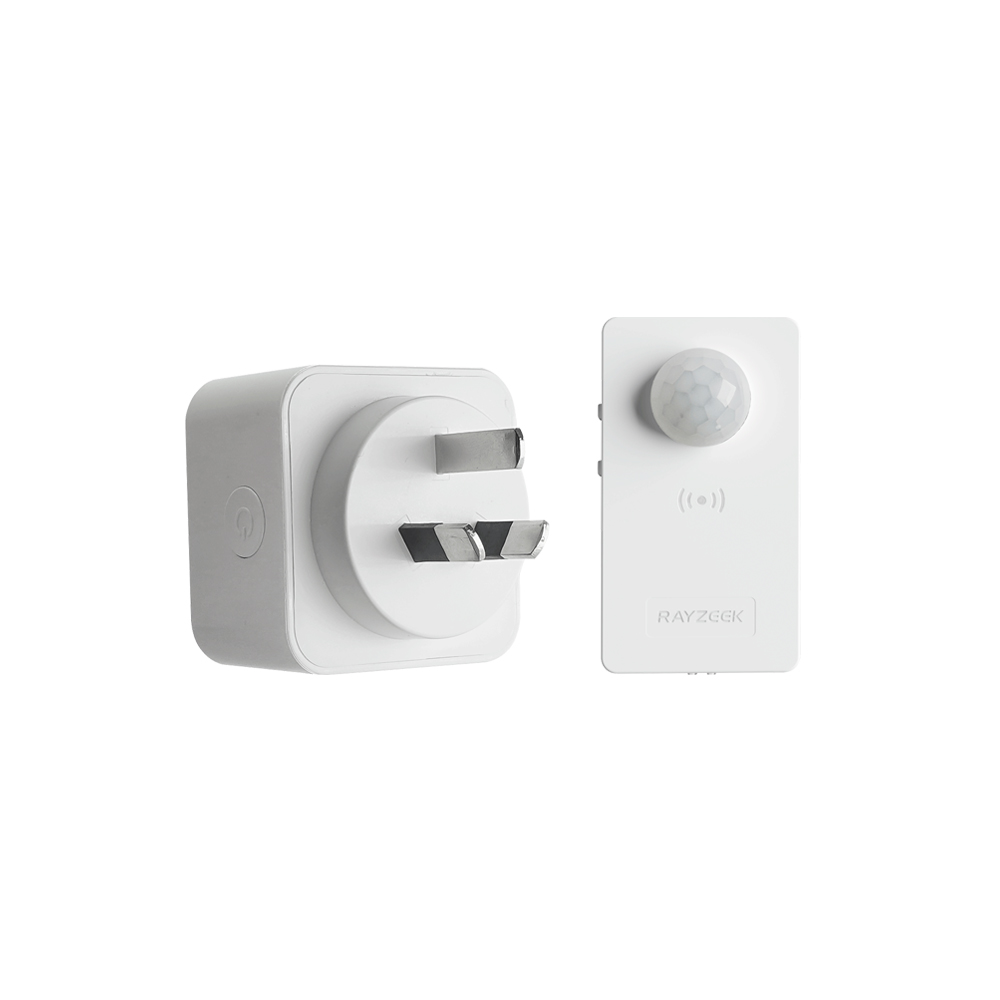
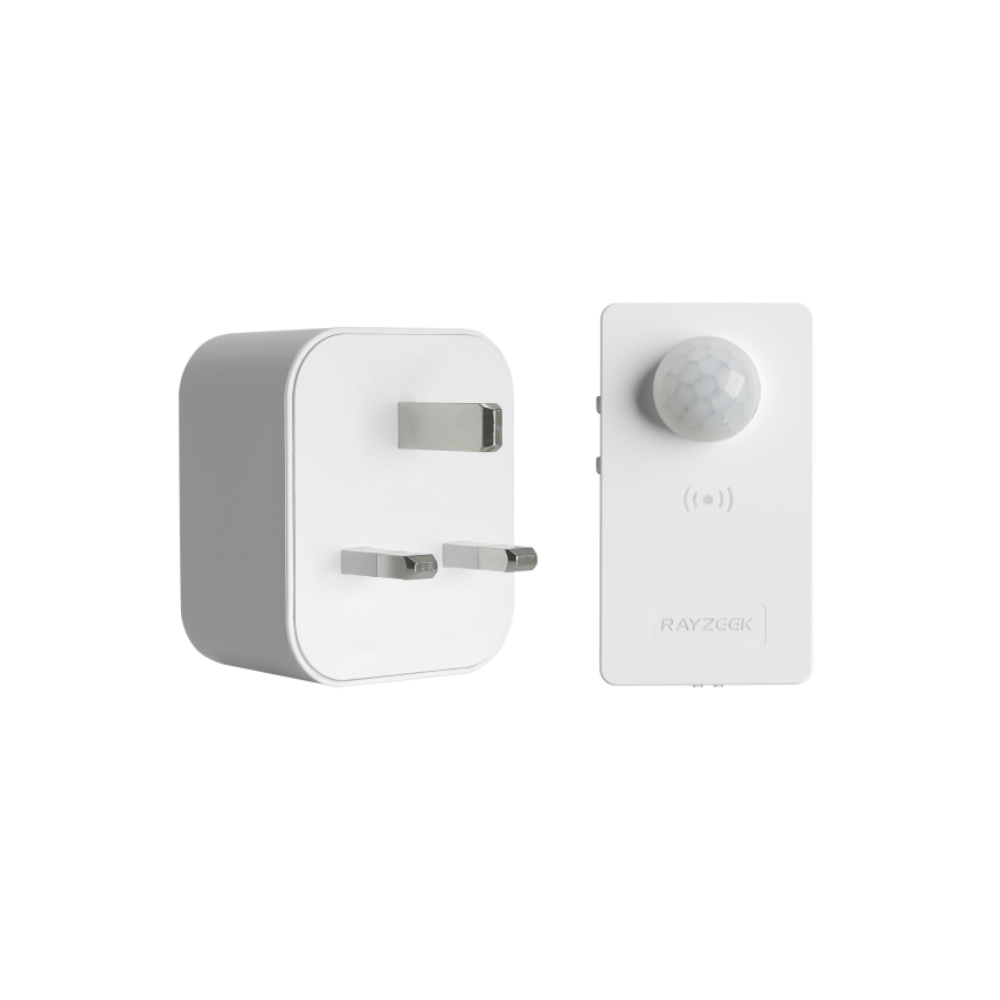
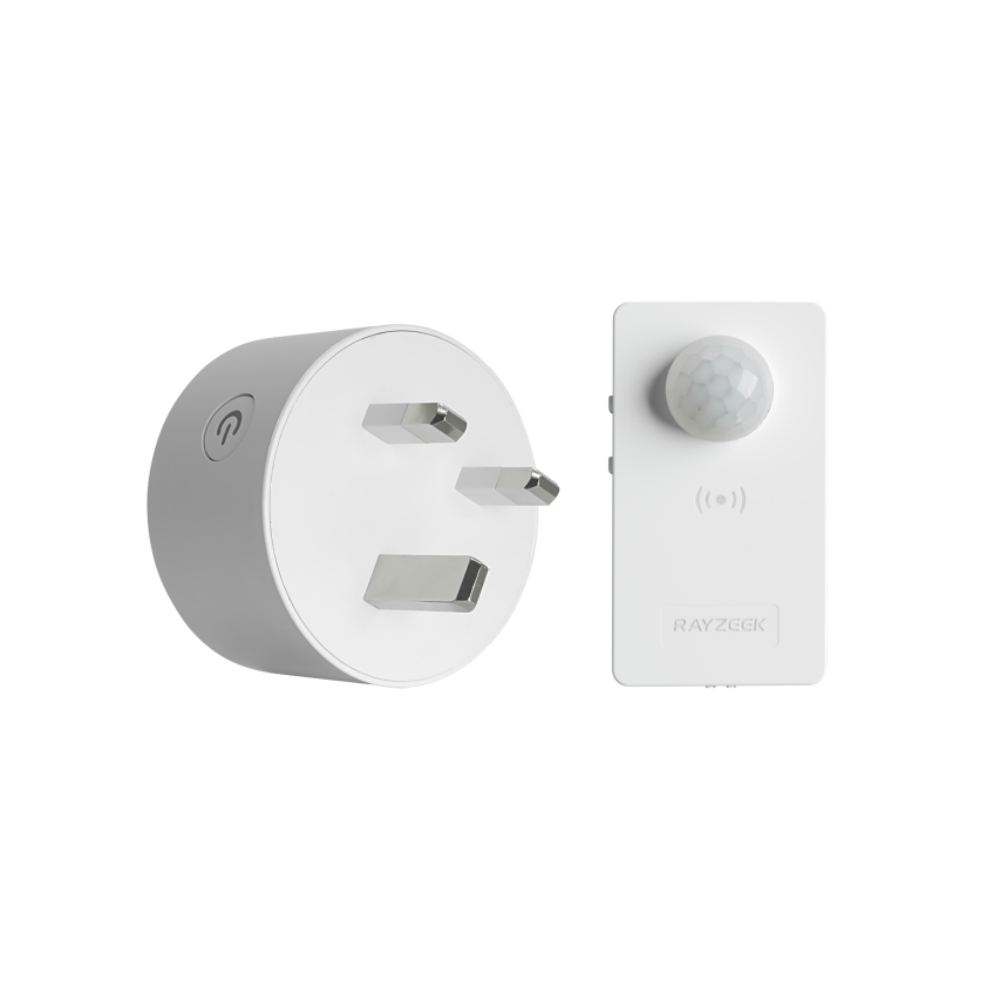
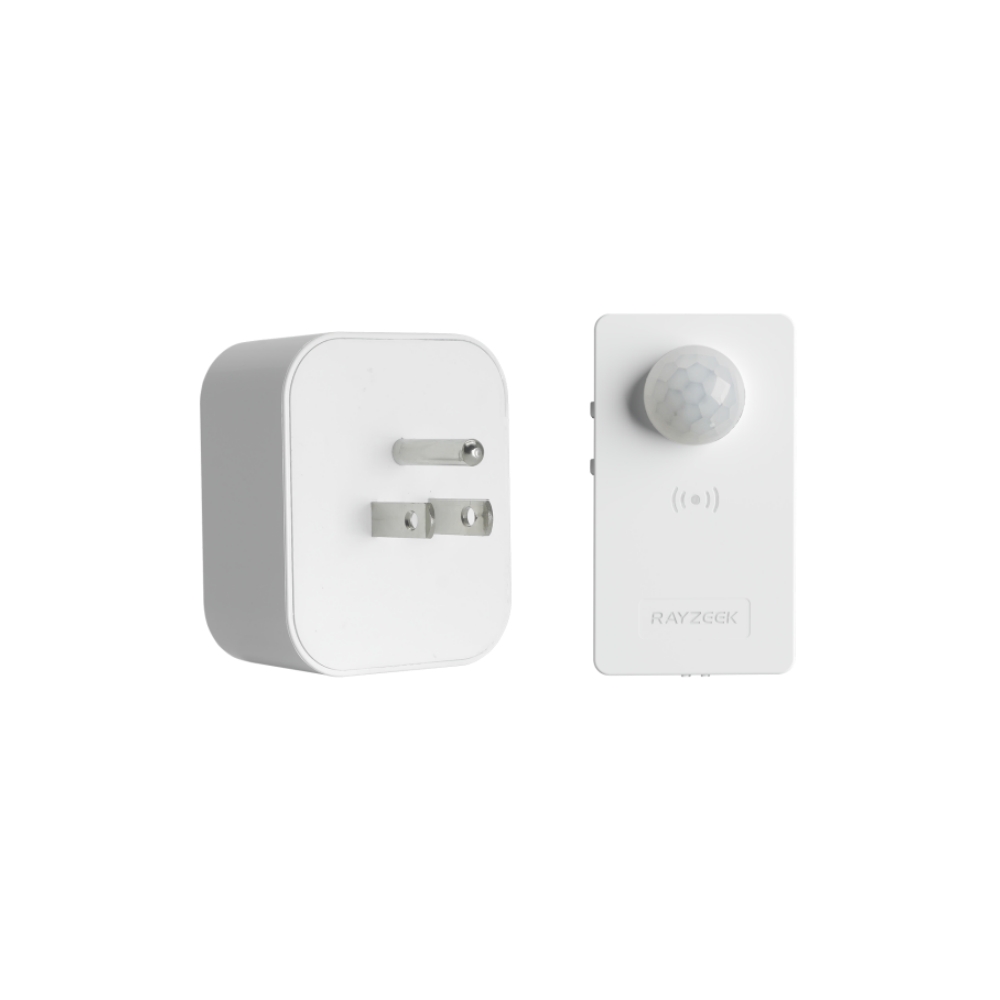
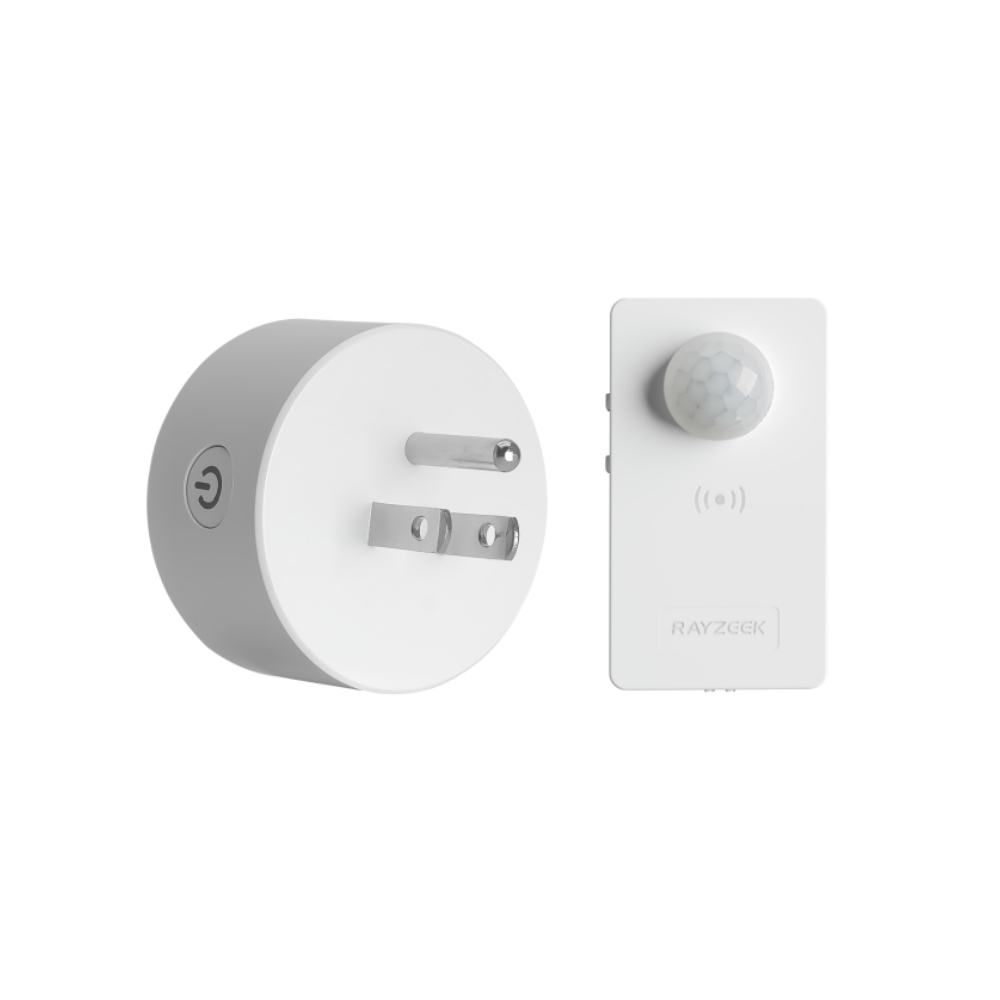
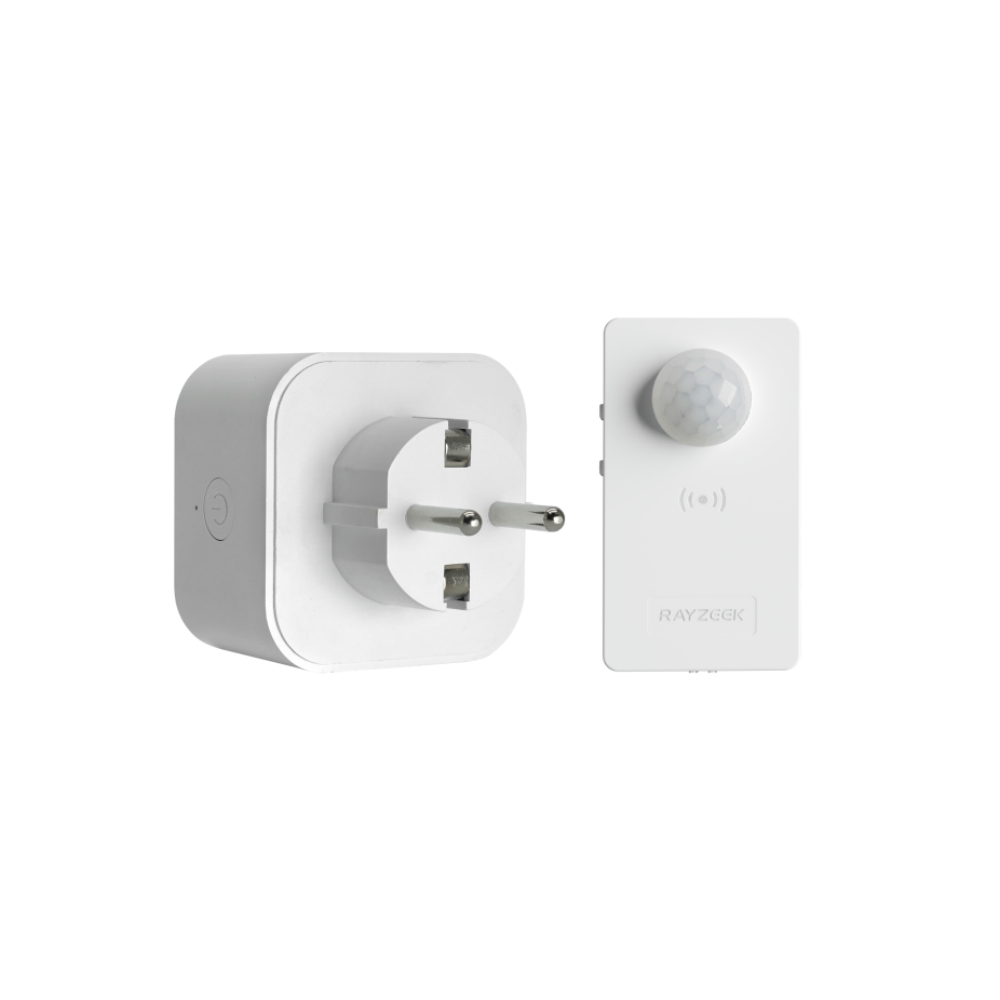
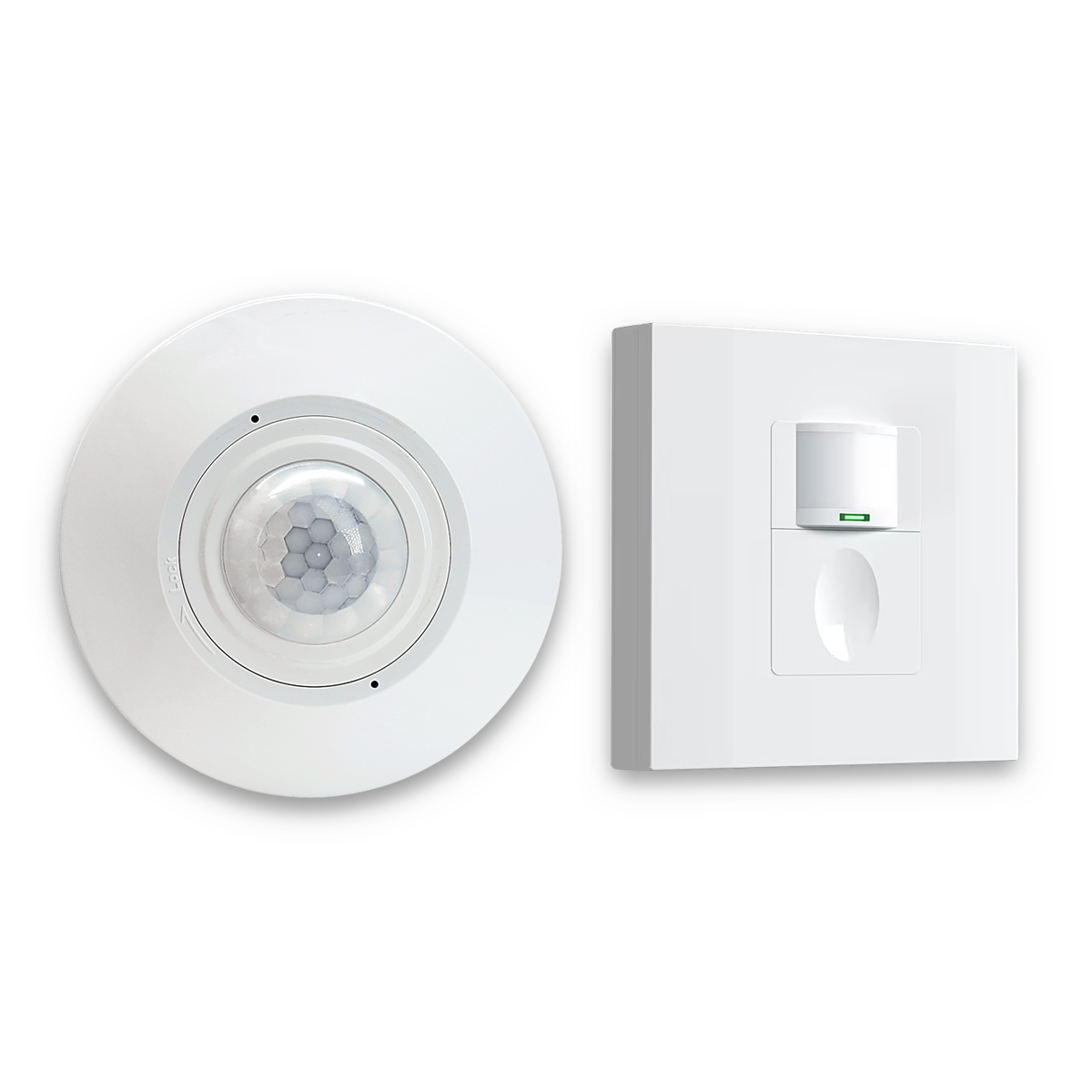



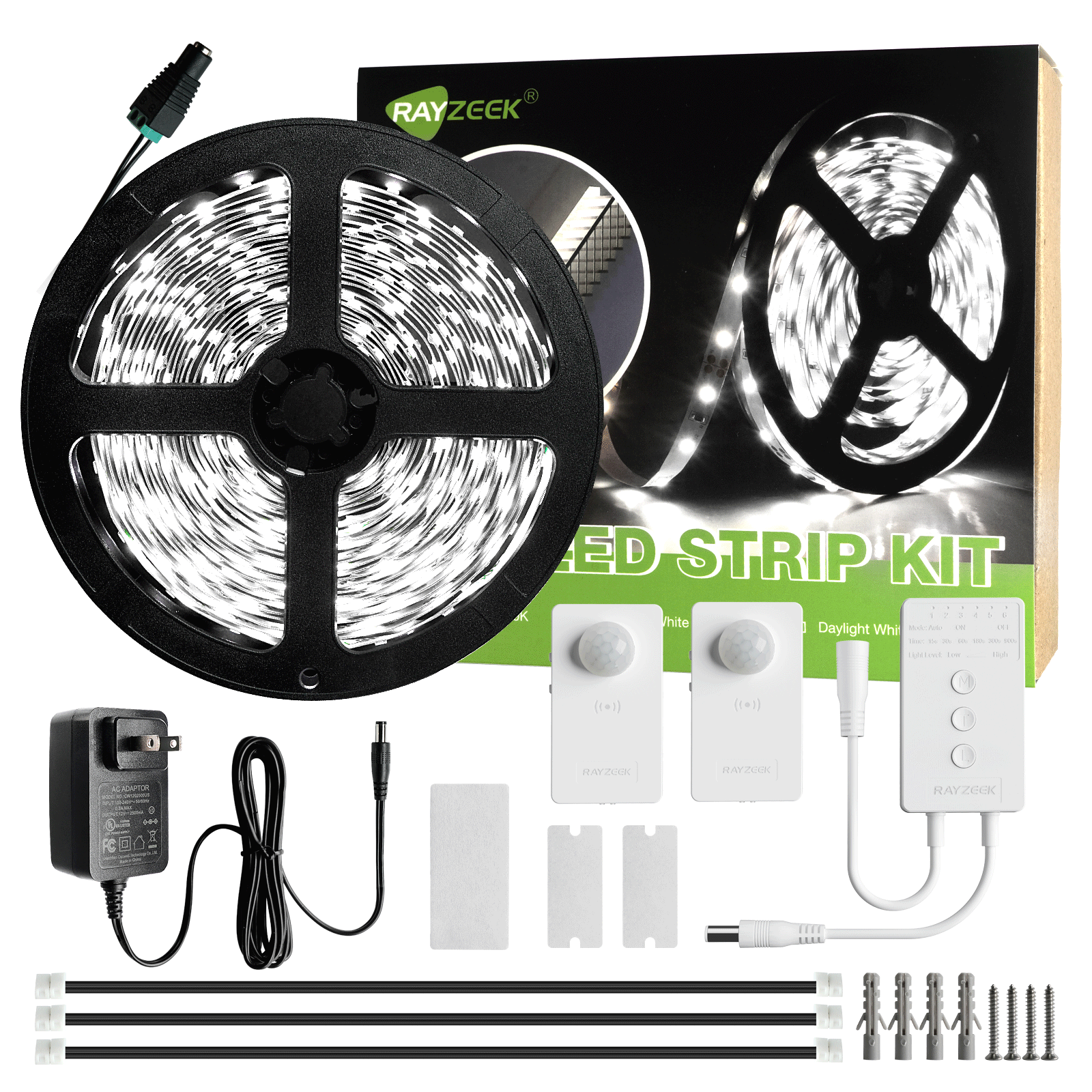



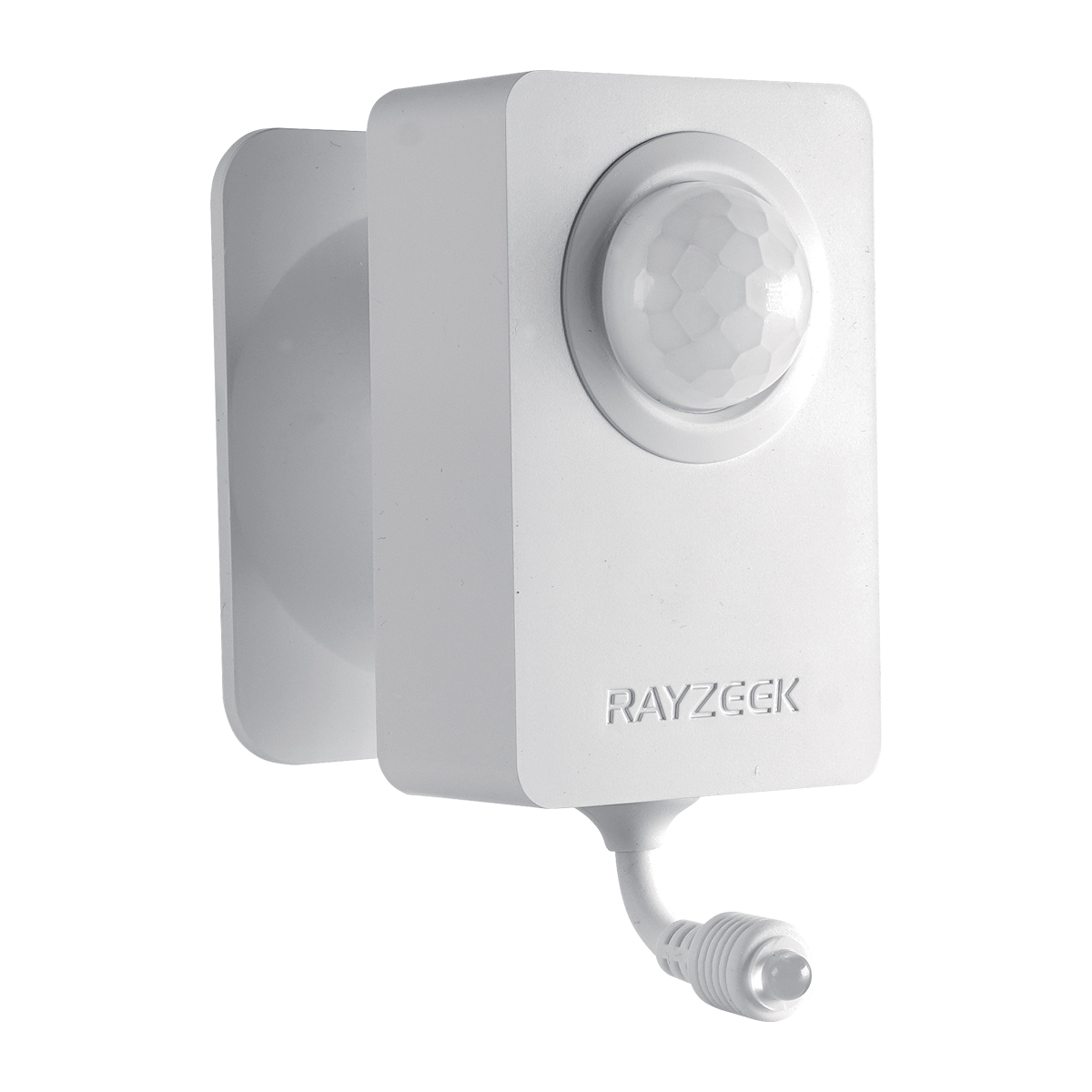
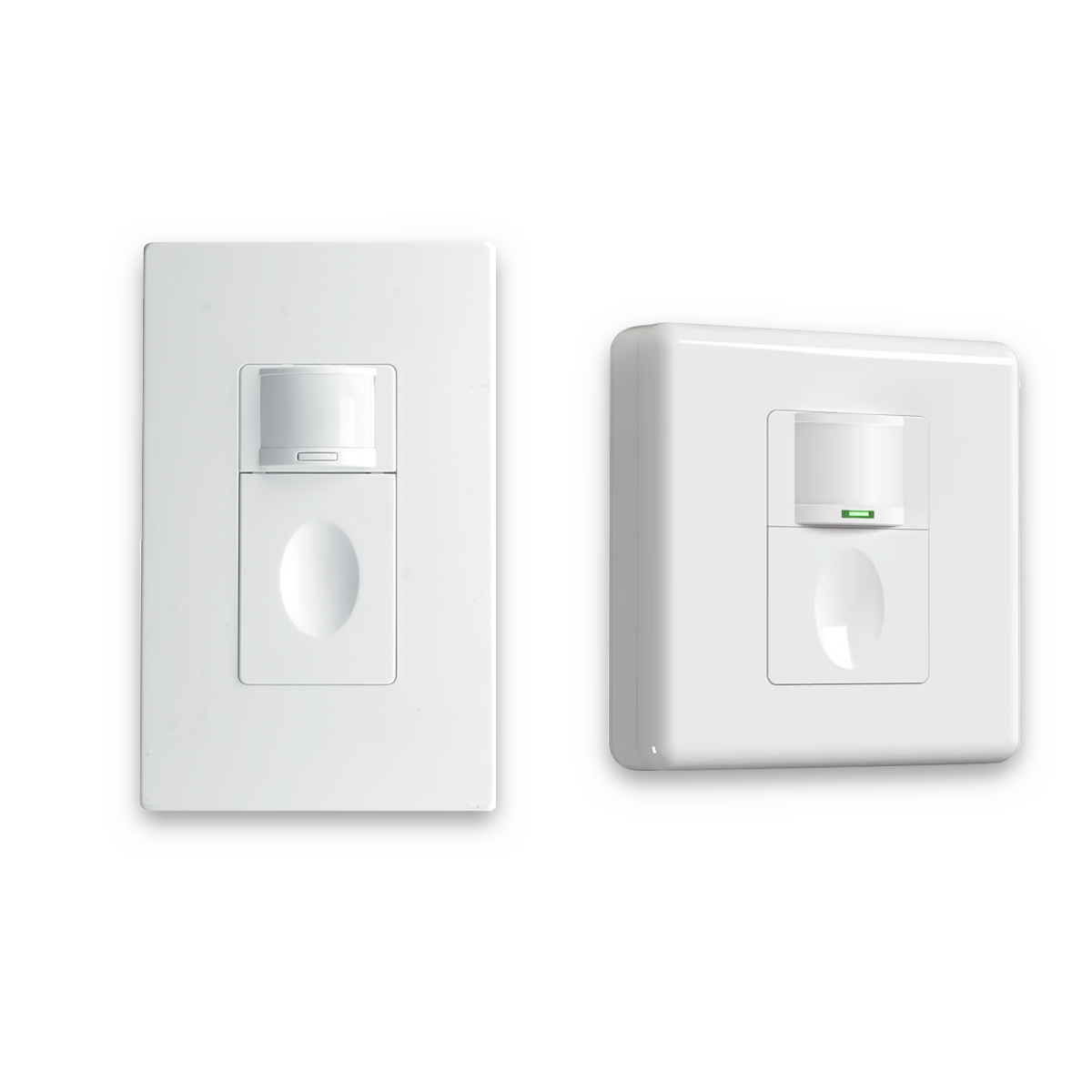
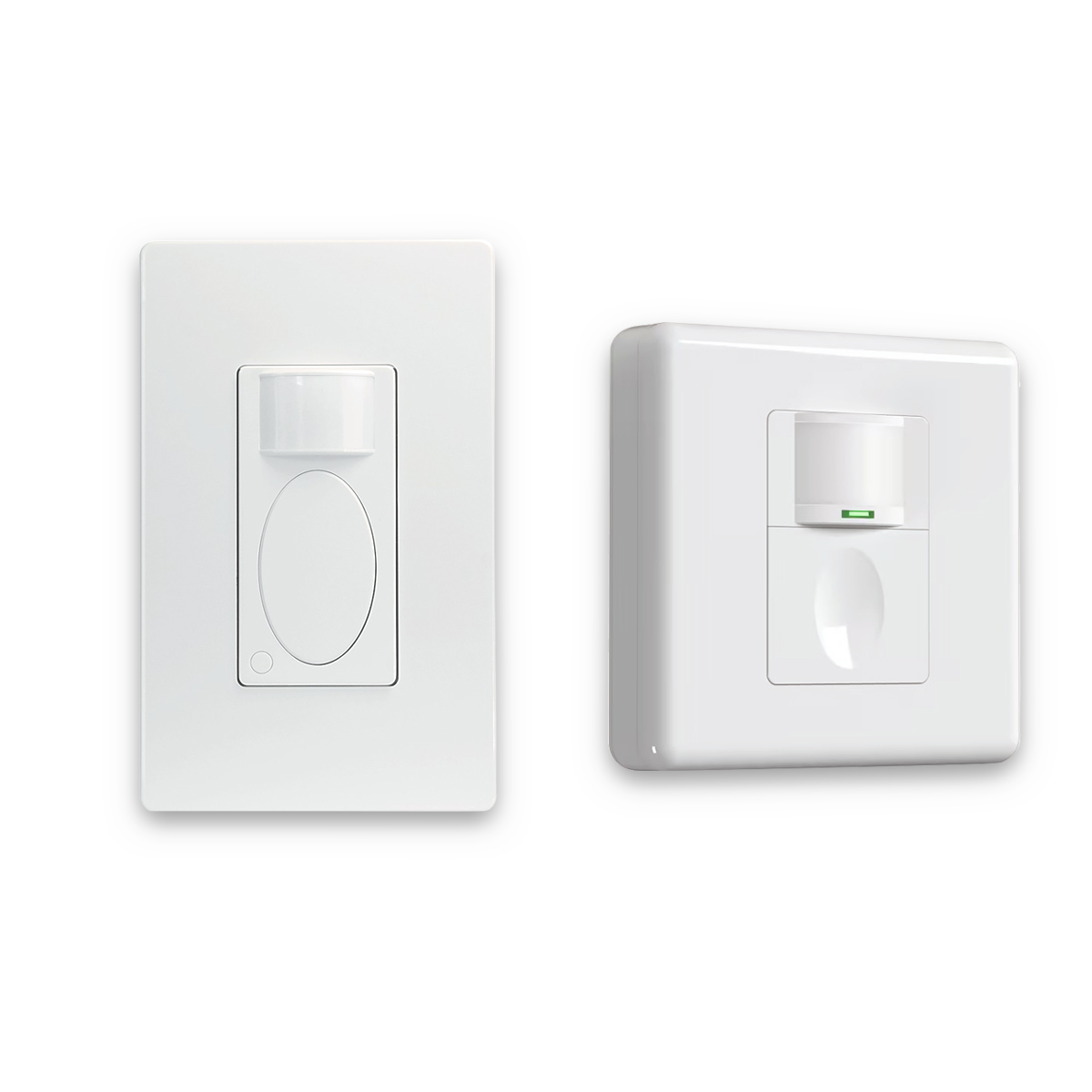
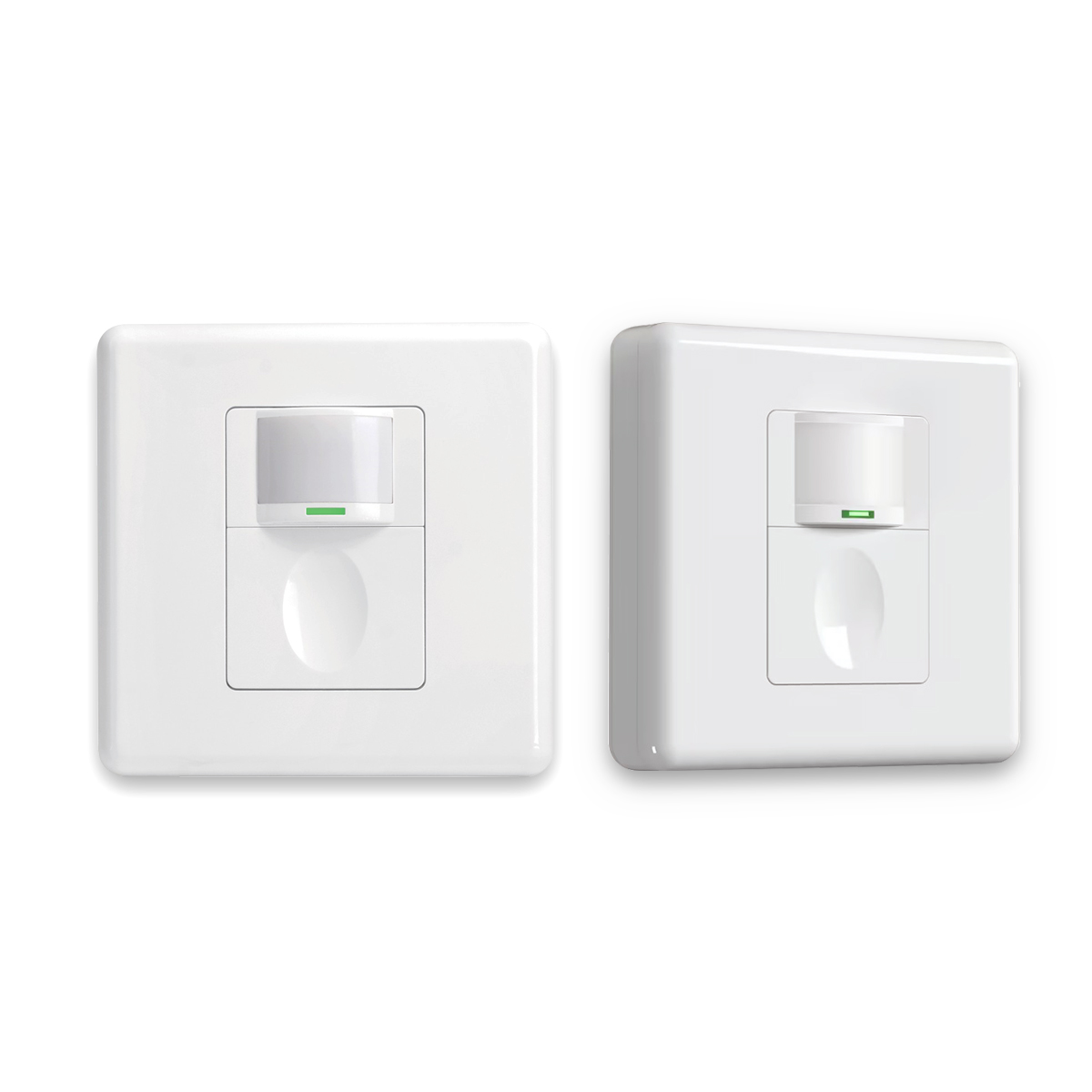


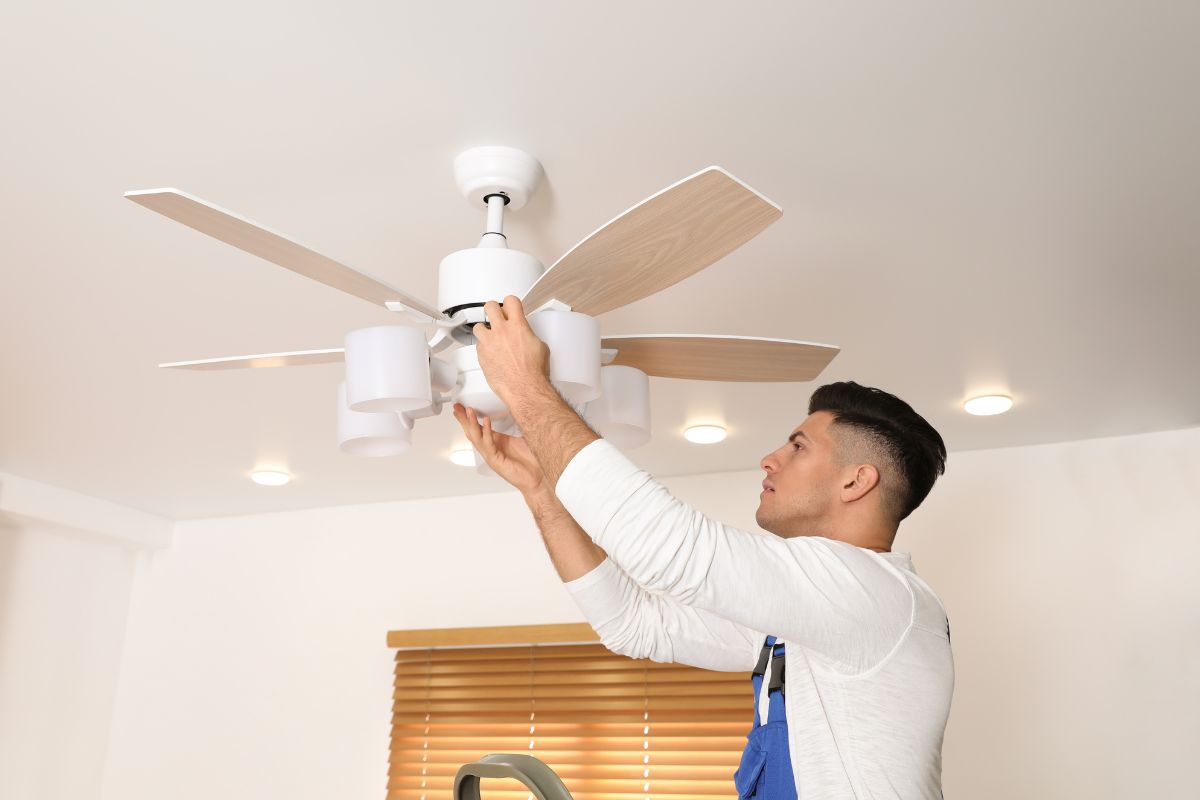

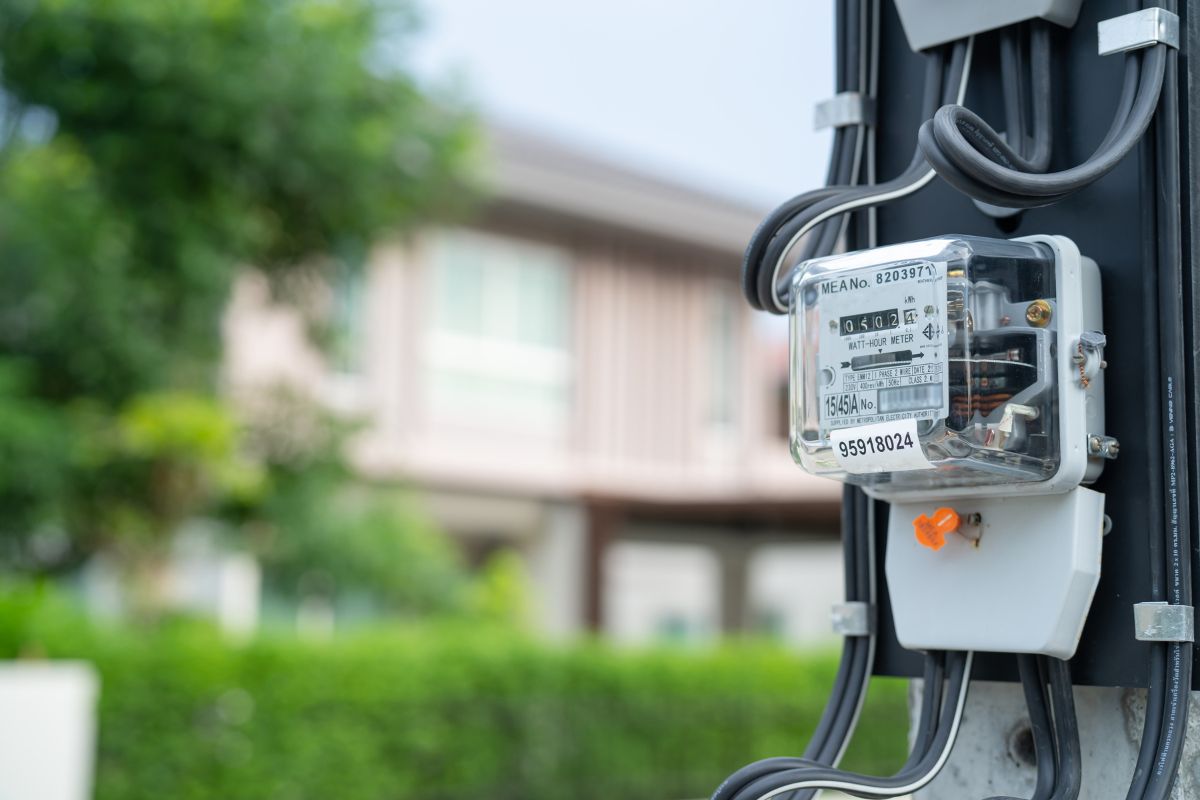




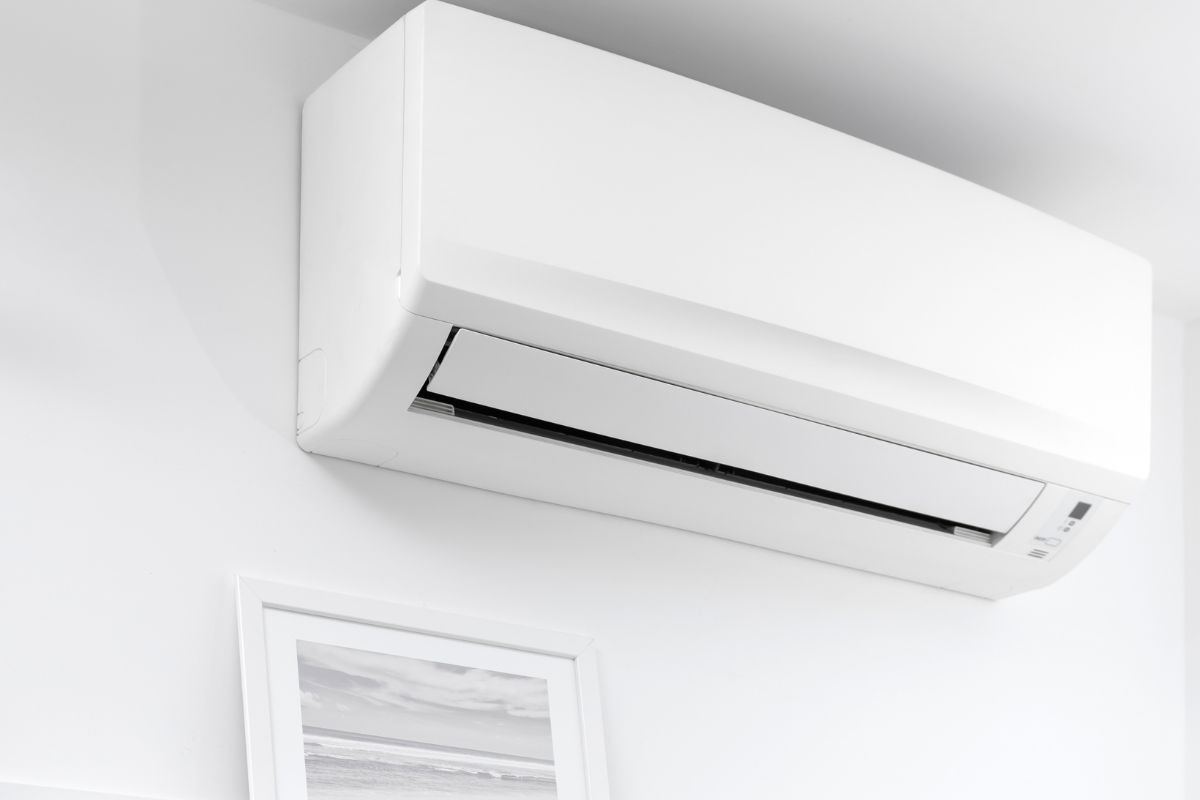
Z artykułu niewiele się dowiedziałem o fałszywych alarmach uruchamianych przez urządzenia w drzwiach i oknach nazywanych kontaktronem a to one głównie wywołują alarmy szczególnie w domowych systemach bezprzewodowych. Zmienił się również rynek którego ciężar przesunął się z zabezpieczeń obiektów przemysłowych i ludzi z grubszym portfelem preferujących rzekomo niezawodne i odpowiednio drogie systemy głównie z użyciem czujników PIR na tani system zabezpieczeń domowych.Rezultat jest taki że nie ma w ogóle fachowców od dominujących obecnie na rynku tanich systemów bezprzewodowych lub mieszanych (przewodowych) często skutecznie zabezpieczających domowy mir.Gdyby to był problem tylko fachowców to pół biedy bo rynek nie zna próżni i szybko wygeneruje monterów do systemów królujących obecnie na rynku. Zanim to jednak nastąpi to mam problem bo mając zamontowanych w oknach i drzwiach kilkanaście bezprzewodowych kontaktronów komunikujących się ze stacyjką alarmowa dalej nie wiem np.tego czy słaba bateria w kontaktronie może wywołać alarm.Kiedy jeden z fachowców od drogich zabawek nie mający pojęcia o systemach które można kupić za rogiem doradził żeby zresetować cały system i na nowo uzbrajać czujki to opadły mi ręce. Tym bardziej że moje wszystkie czujki działają co sprawdziłem w praktyce zaś po uzbrojeniu jedna z nich wszczyna alarm tyle że nie wiem która.Nie wiem też czy to nie wina stacyjki w której padło wewnętrzne awaryjne zasilanie bateryjne bo w instrukcji nic na ten temat nie ma.Z poważaniem.
Witaj Sławomir, dzięki za komentarz. Koncentrujemy się na dziedzinie PIR, dlatego niewiele wiemy o czujnikach kontaktowych okien/drzwi, dlatego przykro nam, że nie możemy zapewnić praktycznej pomocy w Twoim przypadku.
Nie wiem też, czy Twoje czujniki są oparte na PIR, czy na czujnikach kontaktowych. Jeśli czujnik działa dobrze, ale wykrywa niepożądane sygnały i wywołuje fałszywe alarmy, można to łatwo naprawić. Po prostu spróbuj przenieść czujnik, aż znajdziesz dobre miejsce.
Szczerze mówiąc, profesjonaliści też nie mają o tym zielonego pojęcia, a fałszywe alarmy zdarzają się cały czas. Nie wiemy, czy czujnik jest uszkodzony, czy po prostu wykrywa niepożądane sygnały i wywołuje fałszywe alarmy.
Zapytaj producenta czujników o rozwiązanie problemu lub poproś o wymianę czujników. To najlepszy sposób.
Sławomir przede wszystkim powinieneś napisać jaki masz system alarmowy – producent/model. To samo się tyczy kontaktronu – jaki model, jaki producent? Wtedy na pewno uzyskałbyś lepszą pomoc. O kontaktronach jest mowa w artykule i wymieniona jest najczęstsza przyczyna fałszywych alarmów – zbyt duża odległość czujnika od magnesu.